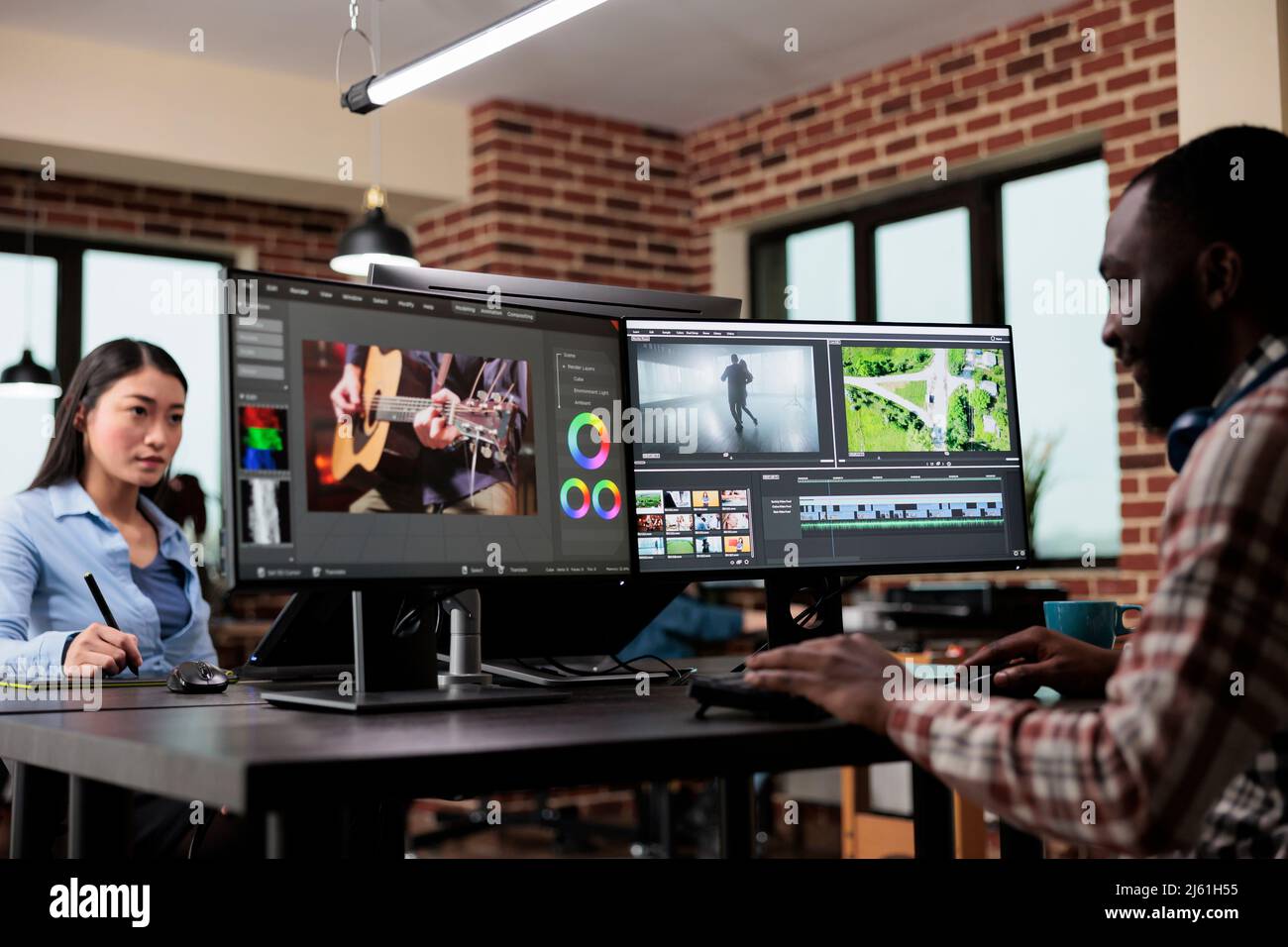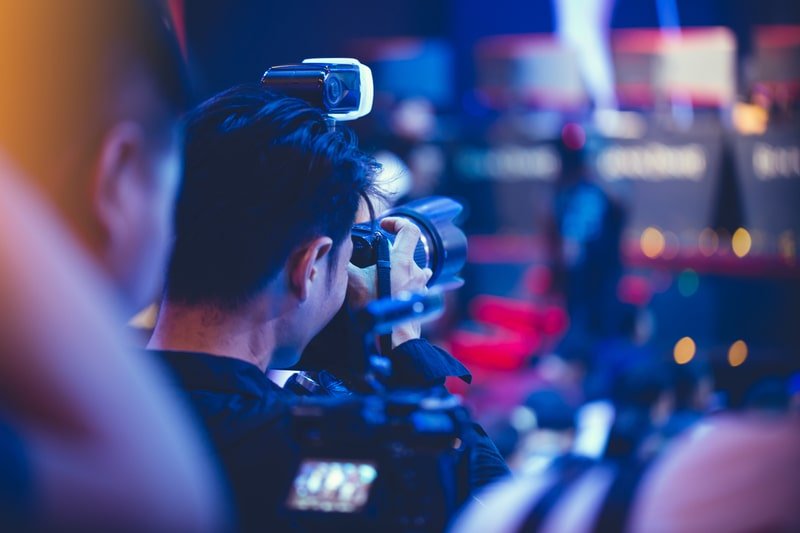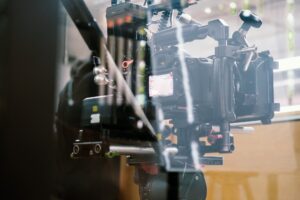Editing Techniques to Enhance Event Photos
Event photography captures moments that tell stories, preserving memories that are cherished for a lifetime. However, capturing these moments is just the beginning; editing plays a crucial role in enhancing the quality and impact of event photos. In this guide, we explore effective event photo editing techniques that can elevate your images from ordinary to extraordinary, ensuring they stand out in the digital age.

Understanding the Importance of Event Photo Editing
Event photo editing isn’t just about making corrections; it’s about transforming raw captures into polished masterpieces that resonate with viewers. Whether you’re covering a wedding, corporate event, birthday party, or any special occasion, editing allows you to refine colors, adjust lighting, and emphasize key elements to create compelling visuals that leave a lasting impression.
Key Techniques for Event Photo Editing
1. Color Correction and White Balance
Proper color correction ensures that the colors in your photos appear natural and true to life. Adjusting white balance helps in neutralizing any color casts caused by different lighting conditions at events. This step is fundamental for achieving a consistent and pleasing color palette across your entire photo collection.
2. Exposure Adjustment
Correcting exposure ensures that your photos are neither too bright nor too dark. By adjusting exposure levels, you can bring out details in both shadowed and highlighted areas, creating a balanced and visually appealing image.
3. Crop and Composition
Pay attention to cropping and composition to enhance the overall impact of your photos. Crop to remove distractions, improve the framing, and focus on the main subjects of the event. Use the rule of thirds or other composition techniques to create visually pleasing arrangements that draw the viewer’s eye to the important elements of the scene.
4. Noise Reduction
Event venues often have varied lighting conditions, which can lead to unwanted digital noise in photos, especially in low-light situations. Use noise reduction techniques to smooth out graininess while preserving important details, ensuring your photos maintain their clarity and quality.
5. Sharpening and Detail Enhancement
Apply sharpening techniques to enhance the crispness of details in your photos, making them appear clearer and more defined. Use selective sharpening to avoid introducing noise and artifacts in smooth areas of the image.
6. Selective Editing and Retouching
Use selective editing tools to make targeted adjustments to specific areas of your photos. This could involve brightening faces, enhancing the background, or adjusting colors in certain parts of the image. Additionally, retouching techniques can be applied to remove blemishes, distractions, or imperfections, ensuring your subjects look their best.
Leveraging Technology for Professional Results
In today’s digital age, powerful editing software and tools are readily available to photographers of all levels. Whether you prefer desktop applications like Adobe Photoshop or Lightroom, or mobile apps for quick edits on the go, leveraging these technologies can streamline your workflow and enhance your editing capabilities.
The Art of Balancing Authenticity and Enhancement
While editing enhances photos, it’s important to strike a balance that maintains the authenticity of the event. Avoid over-editing, which can lead to unnatural-looking photos that detract from the genuine moments captured. Aim for edits that complement the mood and atmosphere of the event while preserving the integrity of the original scene.
Conclusion
Effective event photo editing is a skill that can significantly elevate the quality and impact of your photography. By mastering techniques such as color correction, exposure adjustment, composition refinement, noise reduction, sharpening, and selective editing, you can ensure that your event photos not only document moments but also tell compelling stories that resonate with viewers. Embrace these techniques to unlock the full potential of your event photography and create stunning visual narratives that stand out in the digital realm.


